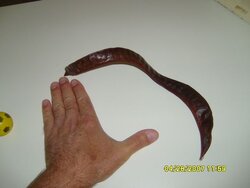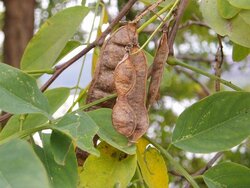berlin
New Member
there's actually quite a bit of it in the adirondacks, but it's further north than where you are, it's often found around rivers and lakes in the wild in mixed hardwood stands, lots of it like this straight and tall around the saranac, ausable and around lyon mountain lakes and streams in the northern adirondacks.



